Design
The Design Process
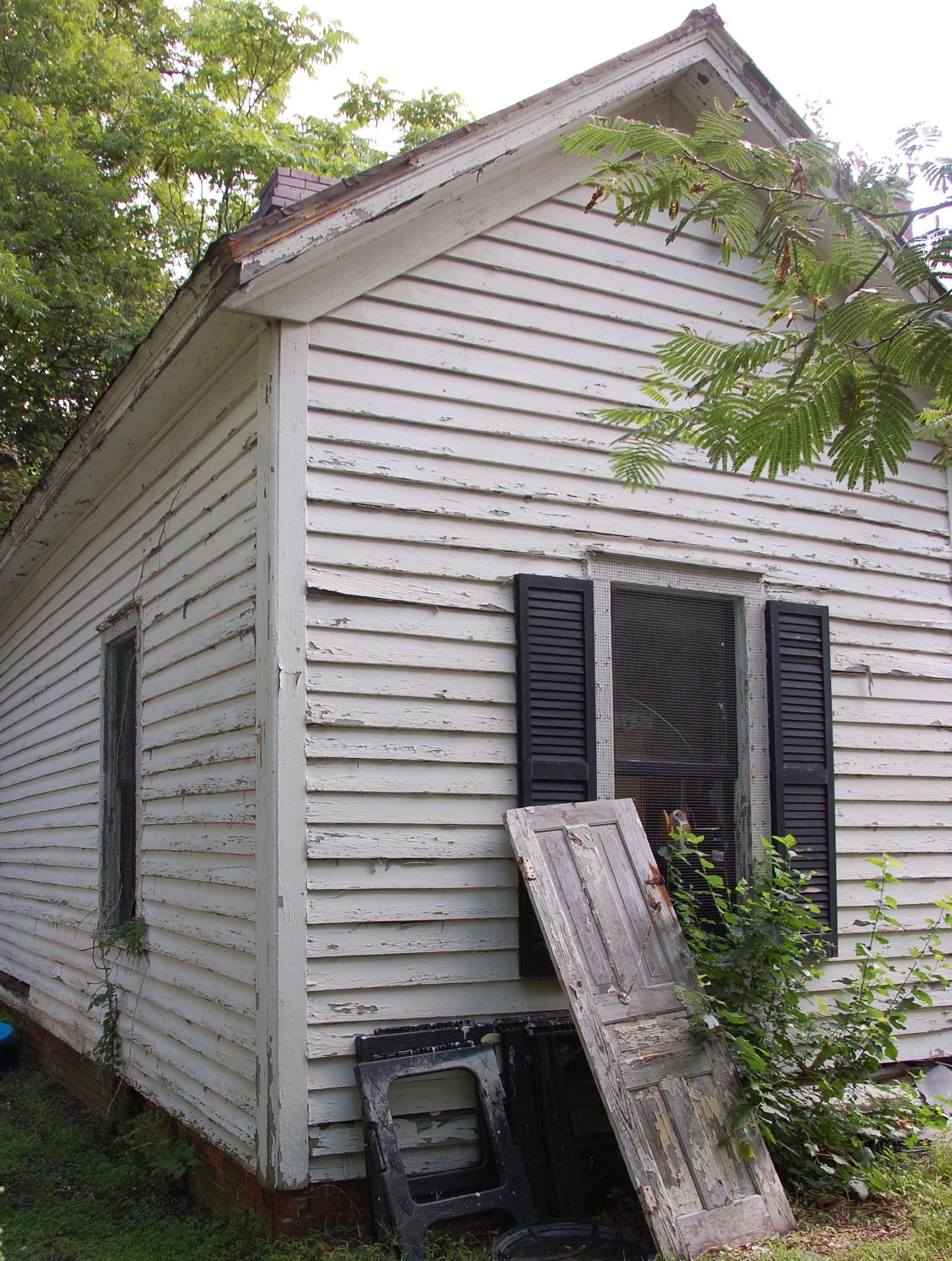
STEP 1: DOCUMENTATION & INVESTIGATION
For every project, the existing conditions must be recorded, measured, and drawn. A small project might be able to be hand-drawn, but for most we use a CAD program, as it helps visualize the potentials as the design process moves along. A full set of photographs of the property records the ‘before’ condition and helps with a tax credit application or historic commission approval.
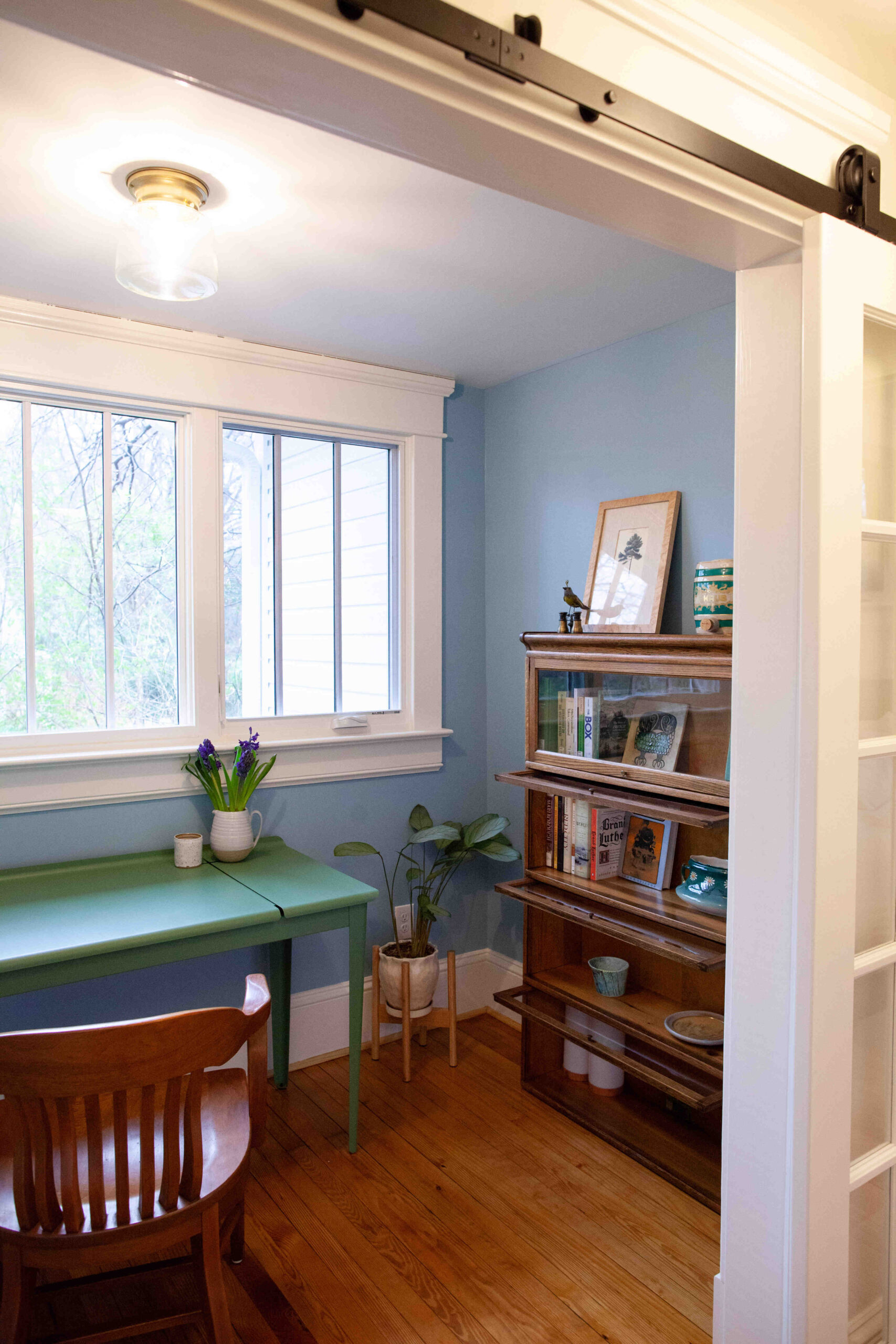
STEP 2: SCHEMATIC DESIGN
Pencil meets paper during this stage. With a good sense of what functions are needed in the final building, we can start envisioning how the spaces fit together, how a roof will cover it, where windows will be. Trace paper and multiple ideas get batted around the kitchen table until a vision solidifies.
This stage is about function – what does the new or reconfigured space need to do? Is there some way to use the existing structure in a new way? Would changing the function of one room or another make the entire house flow better, feel better, live better? We want to be sure we’re only adding the square footage that is absolutely necessary and using the original space to its full potential.
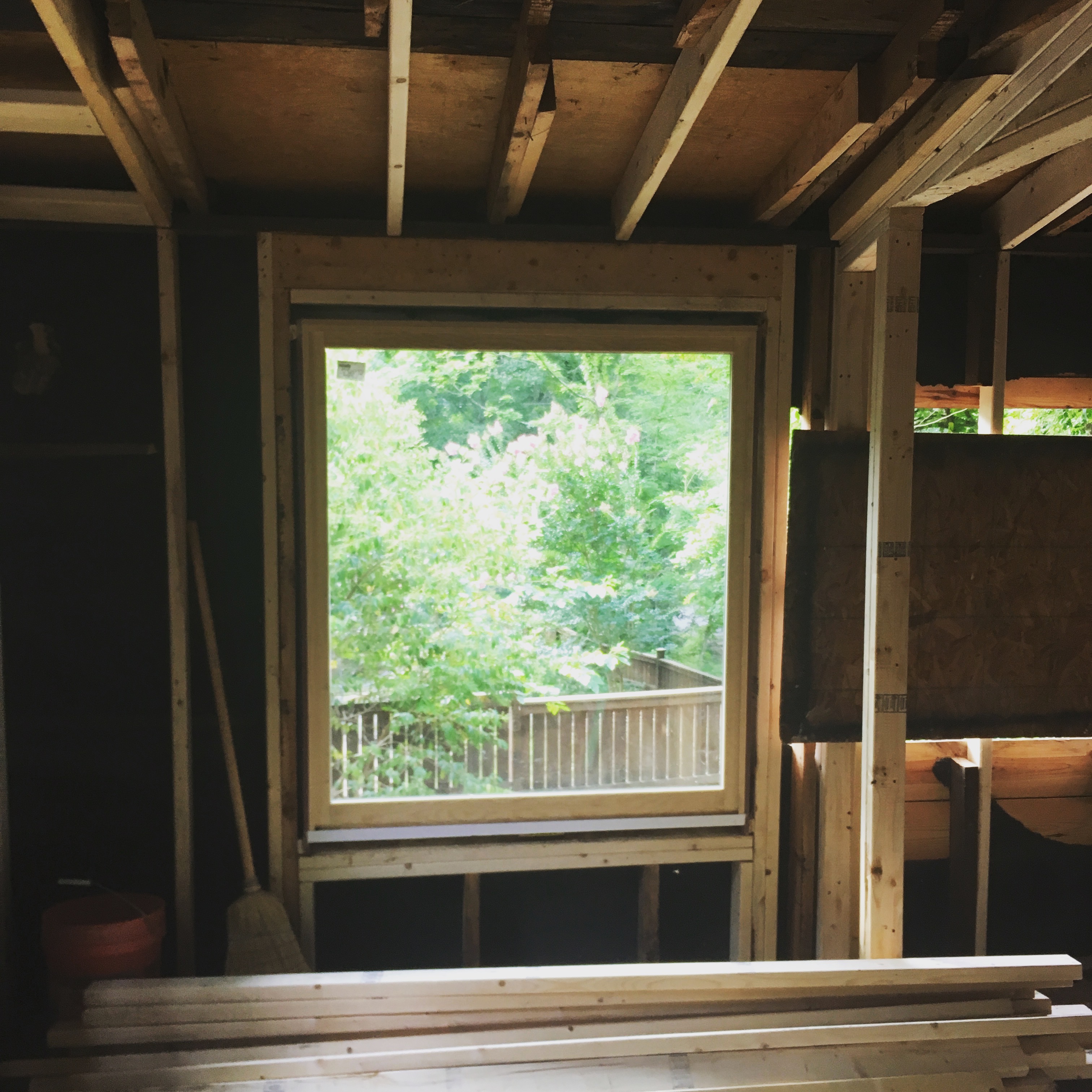
STEP 3: DESIGN DEVELOPMENT
We might know generally how the pieces fit together before beginning this stage, but this is where we start to work on the details. Where would built-ins really enhance a room? Where did we want to tuck that new coffee bar area into the kitchen? How big should the window be over the new clawfoot tub? By the end of this stage, there is a computer model that we can spin around and walk through, looking at how the screened porch sits on the back of the house or how the foyer will feel once the hall is opened up again.
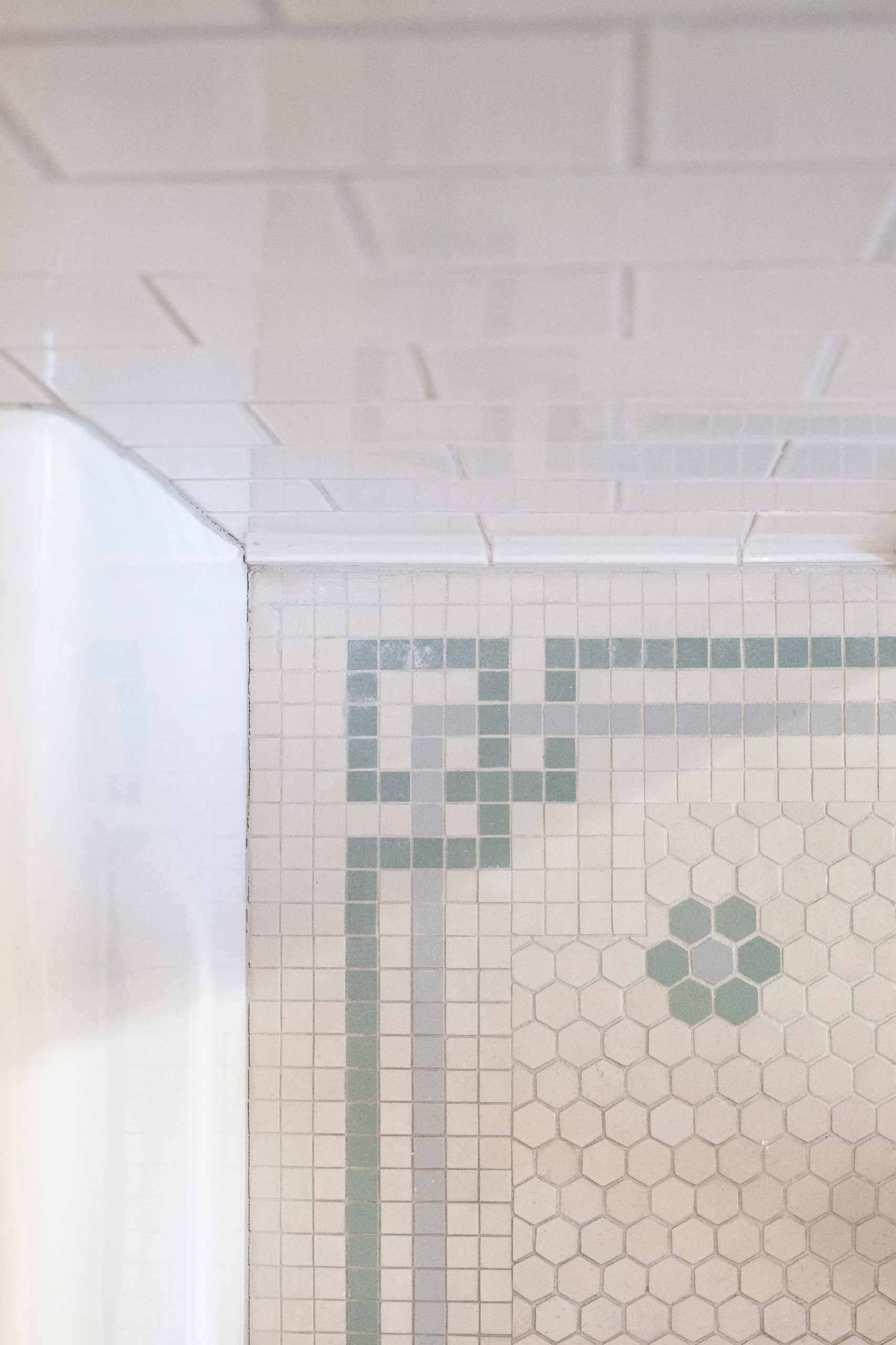
STEP 4: SPECIFICATION SELECTION
Unsure how to make your bathroom look like the spaces you’ve been pinning? Specifications consist of items like tile, fixtures, paint colors, and hardware- all the “things” that go into a space. Selecting these can be daunting, but we’re here to help! For clients who just need a little general direction, we create inspiration boards. These include ideas for tile, color, fixtures, countertop materials, etc. For those who need more assistance, we will work together to select all the parts and pieces.
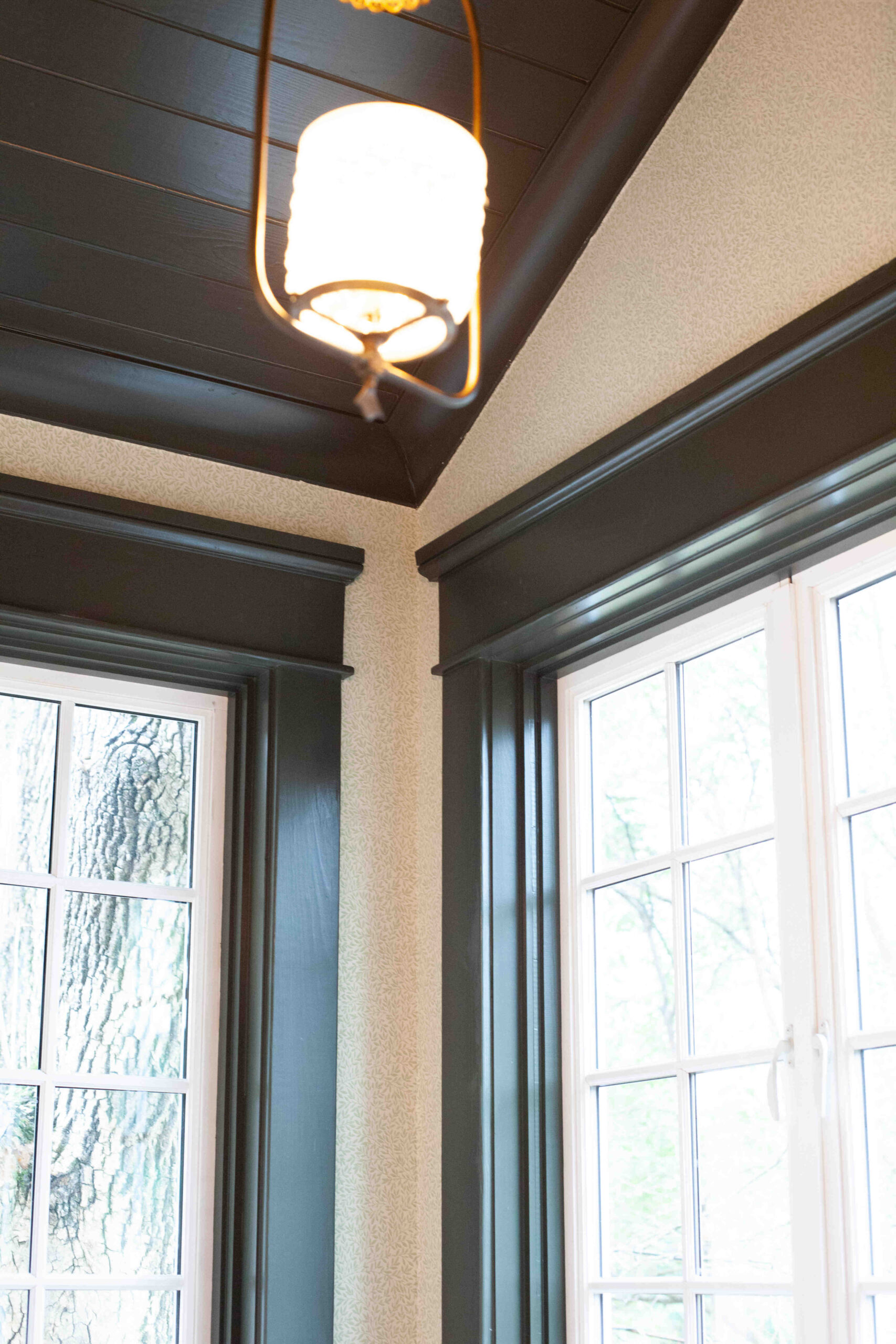
STEP 5: PERMIT & CONSTRUCTION DRAWINGS
In order to do a construction project, you must have a building permit. The requirements for these drawings are less detailed than a full construction set (they don’t really care what sort of stove you’ll be installing, for example) but do involve working out some of the finer points of construction. On some projects, this can be a good stopping place.
Once all of the fixtures and finishes are decided, a full set of Construction Documents can be assembled. These drawings are more intricate than the permit plans, and have many details worked out so that a contractor can take them and run the job site with very few questions.
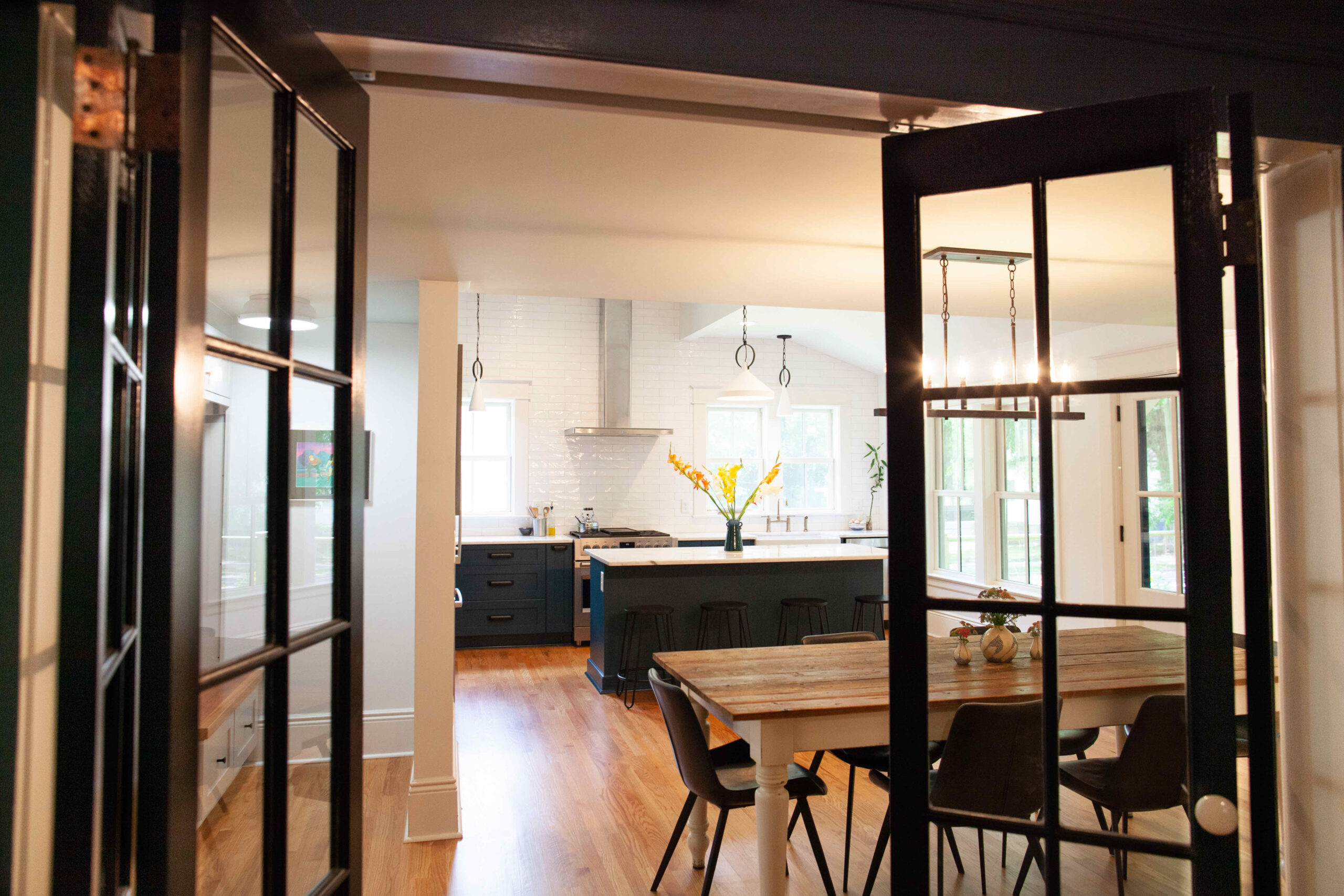
STEP 6: CONSTRUCTION OBSERVATION
Once a project starts to be built, we really appreciate being able to check in regularly and make sure all is running smoothly. If there are surprises or changes during construction (hopefully not!) then we can assist in troubleshooting and problem-solving, as well as be helping to resolve any outstanding issues. Mostly, this is the house-keeping stage, as we make sure the builder is actually following all of our well-considered direction.
Book a Consult
hi.there@fouroverone.com (919) 339-1411
Office Address: 1235 Berkeley St, Durham, NC, 27705
Mailing Address: P.O. Box 355, Durham NC, 27702
